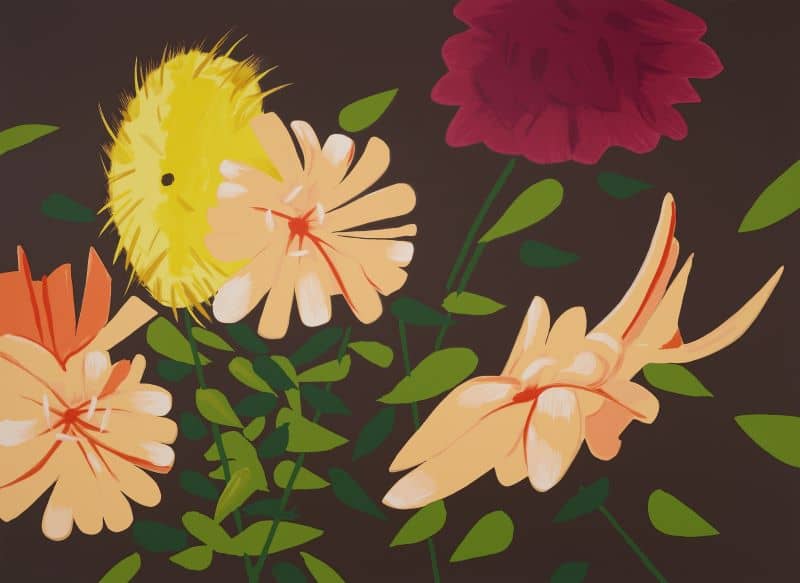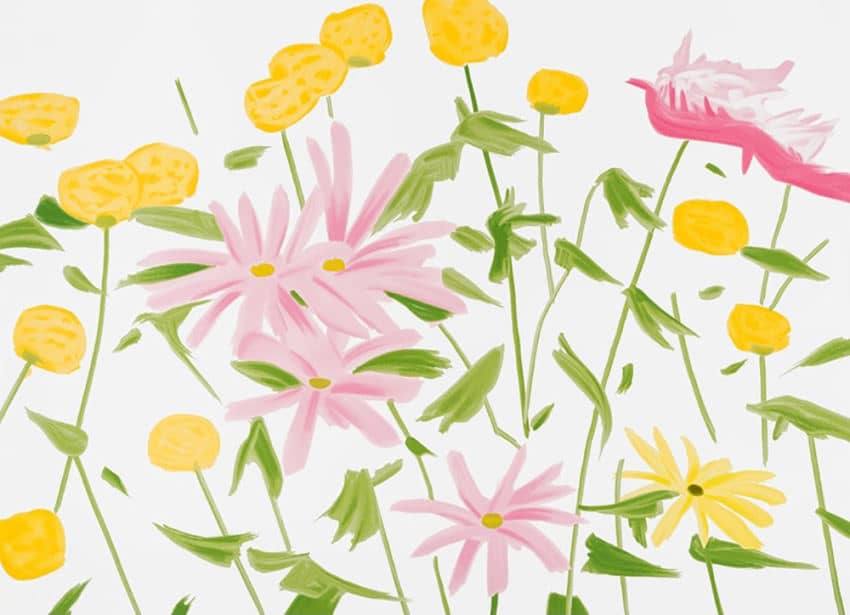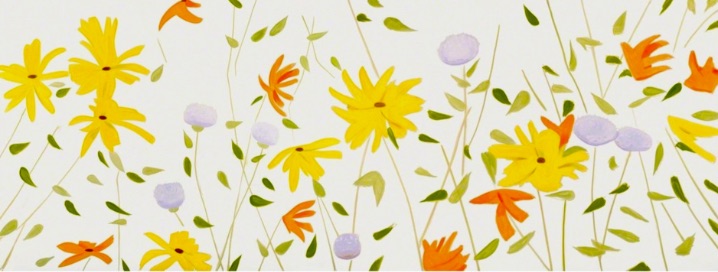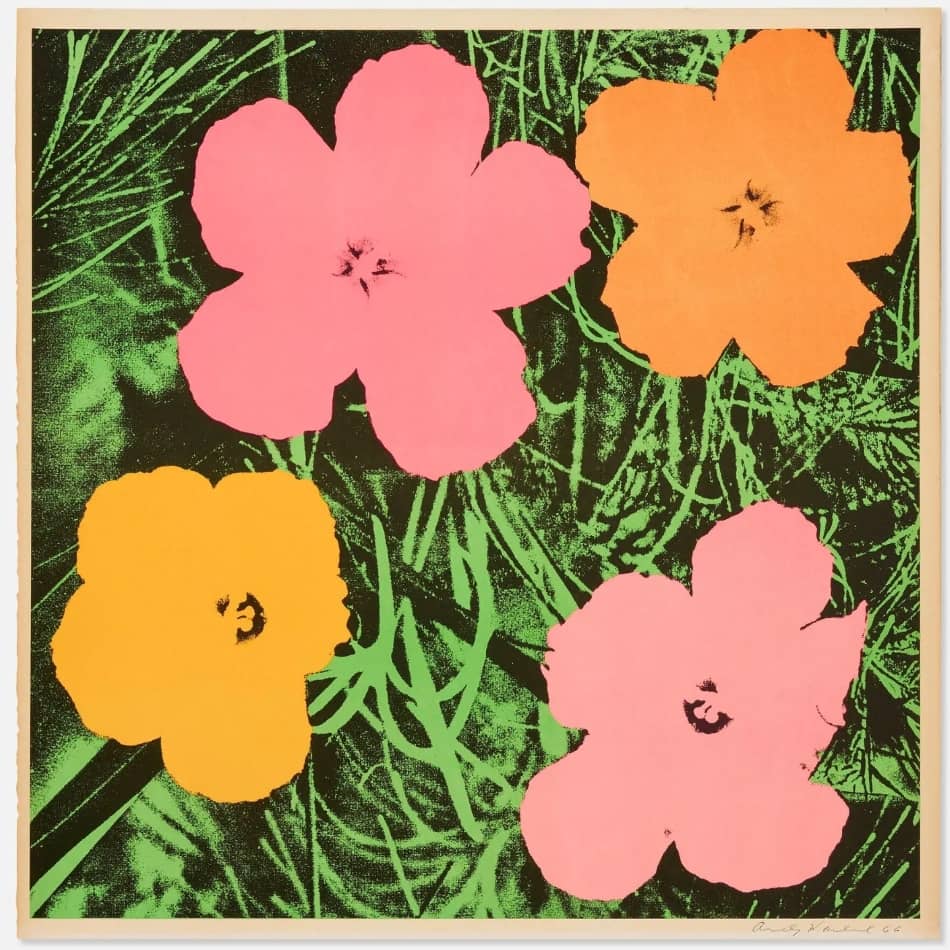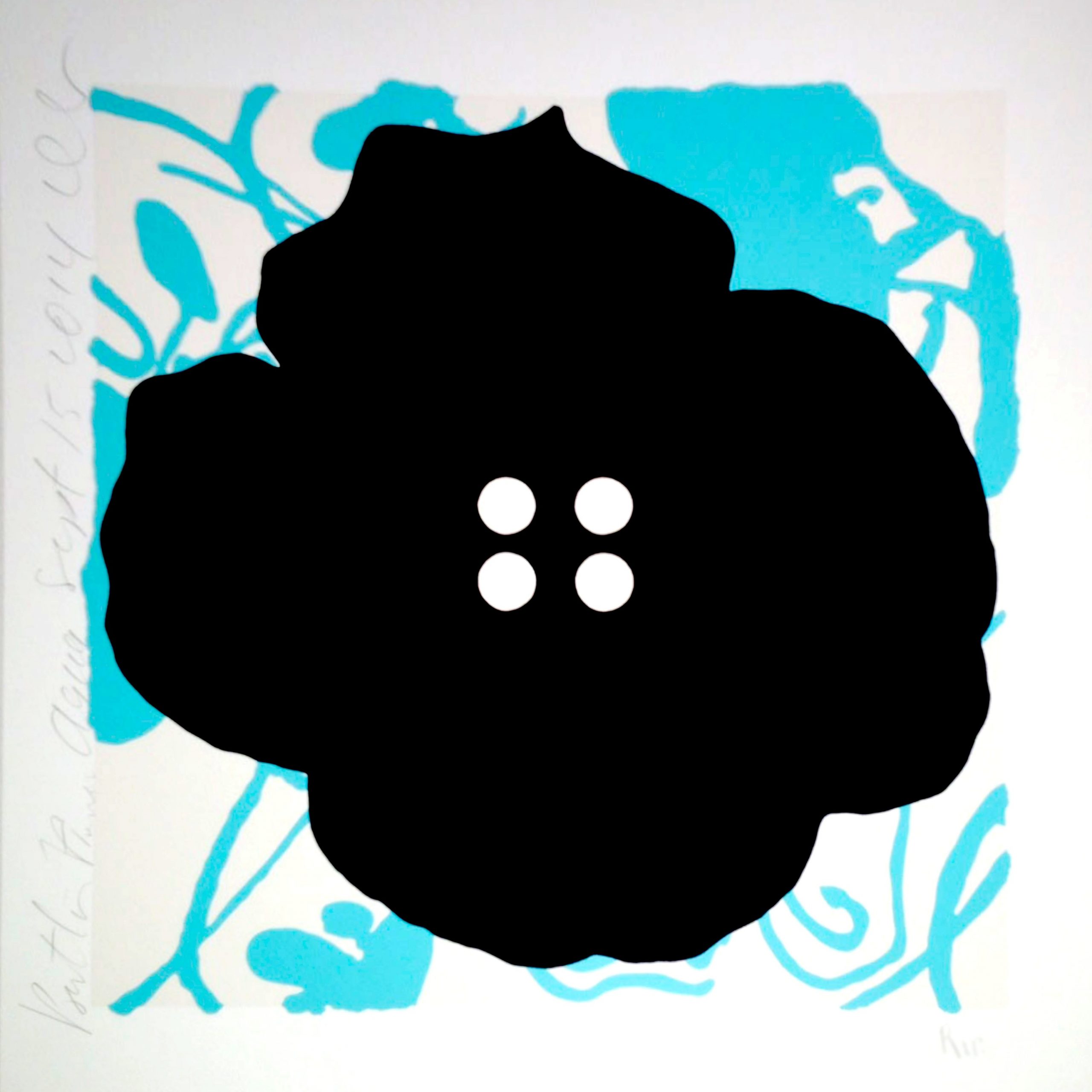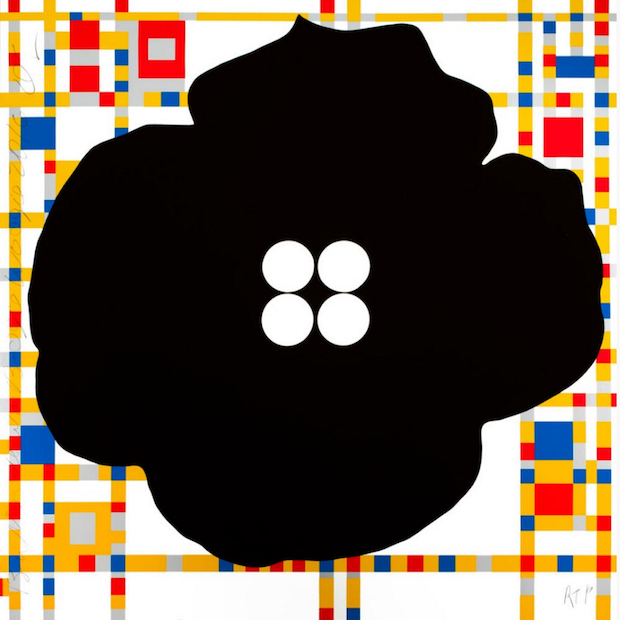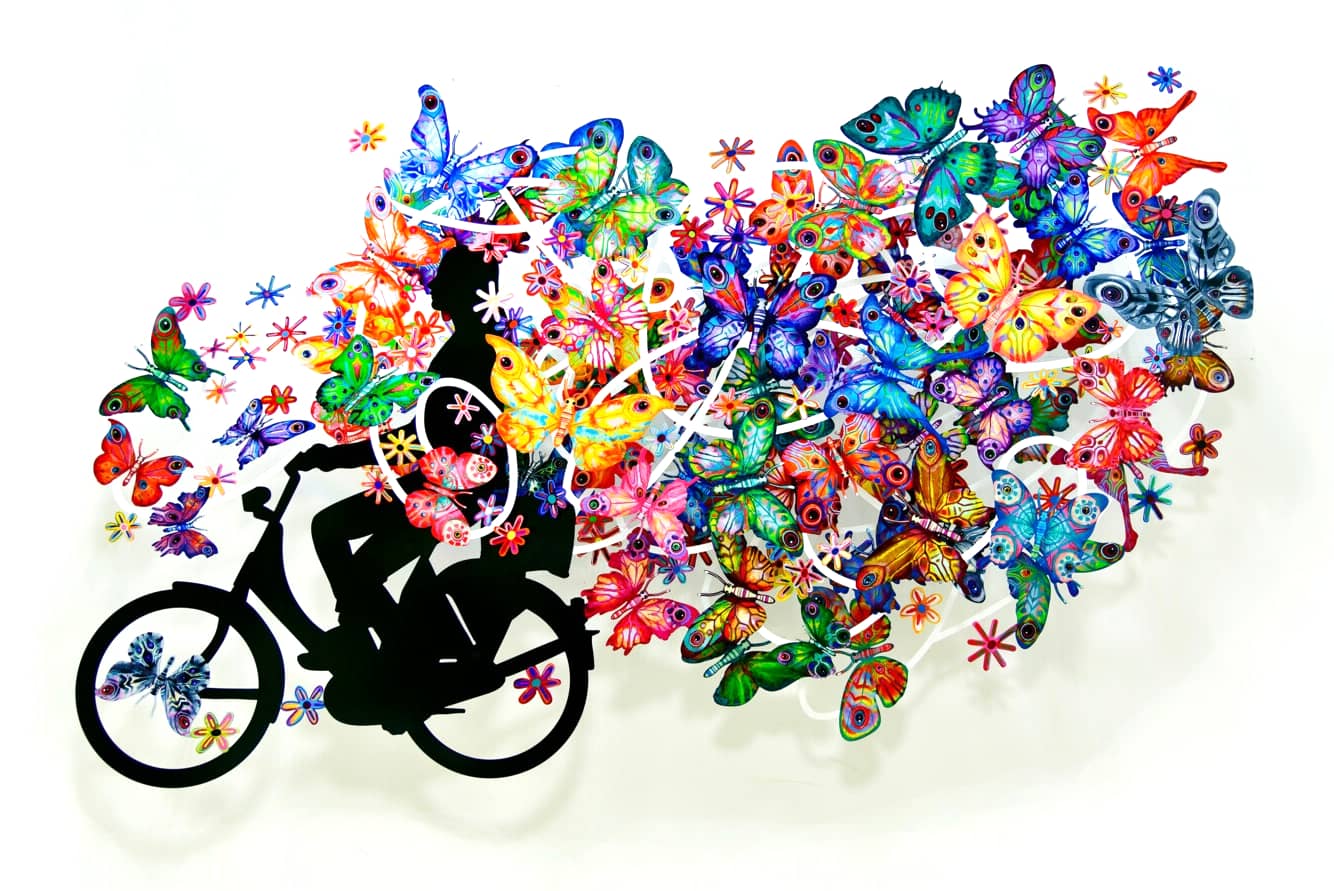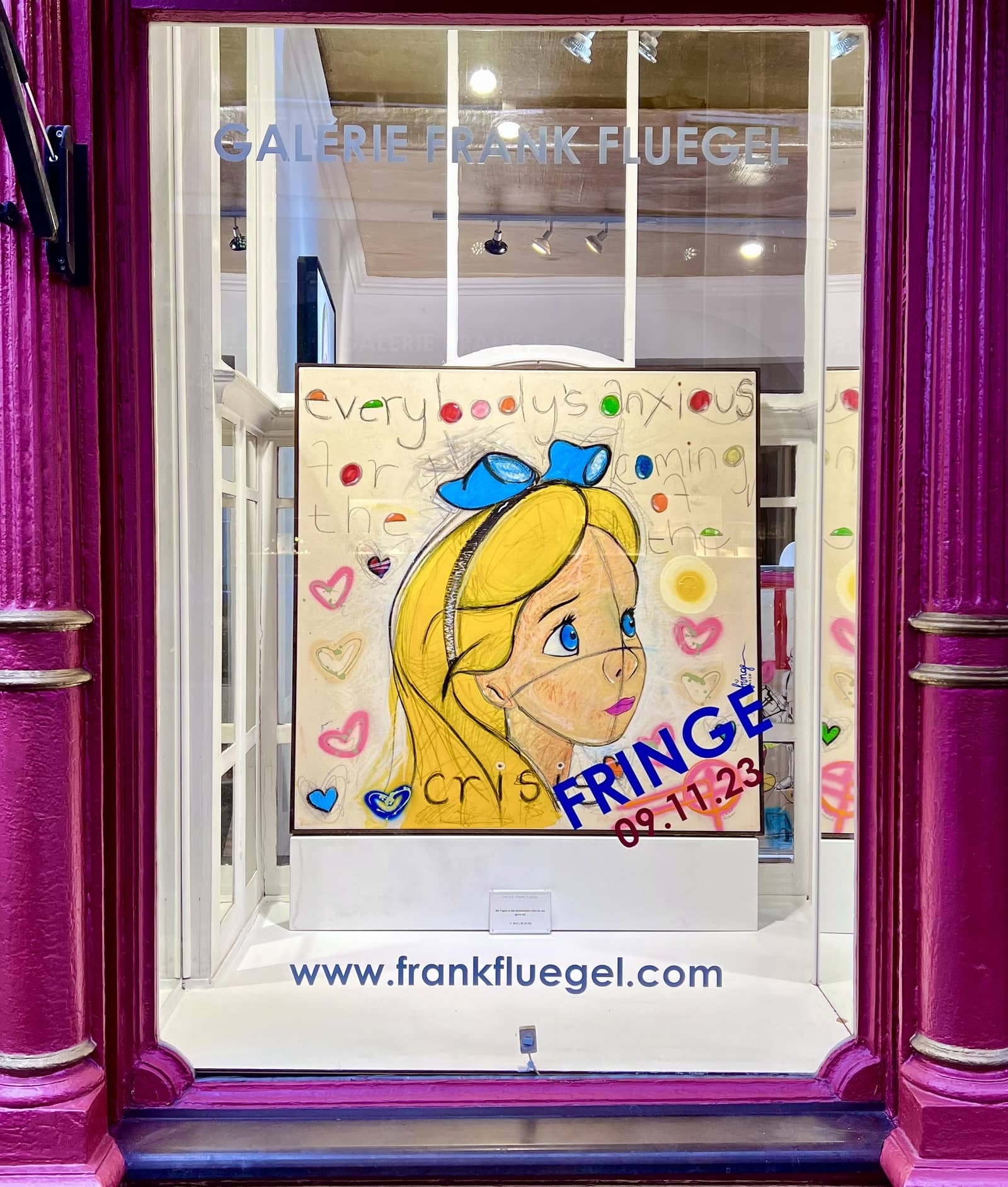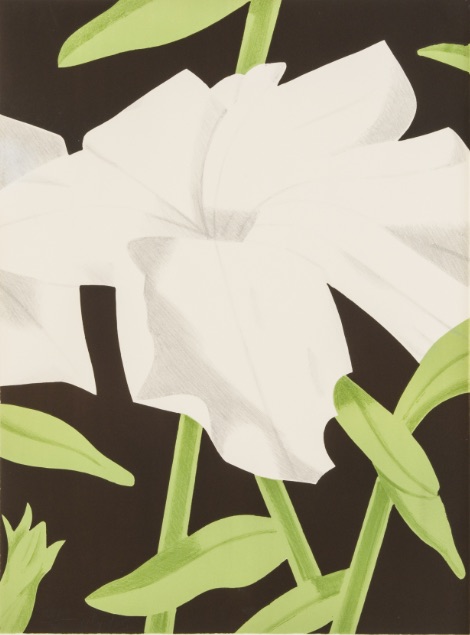
Alex Katz White Petunia / Lithograph / signed, numbered / edition 100
| Year: | 1969 |
| Format: | 56,5 x 76 cm / 22 x 29.9 inch |
| Material: | Arches Paper |
| Method: | Lithograph |
| Edition: | 100 |
| Other: | signed, numbered. Edition of 60 arabic and 40 roman numbered prints. |
Alex Katz White Petunia

| Year: | 1969 |
| Format: | 56,5 x 76 cm / 22 x 29.9 inch |
| Material: | Arches Paper |
| Method: | Lithograph |
| Edition: | 100 |
| Other: | signed, numbered. Edition of 60 arabic and 40 roman numbered prints. |
Petunia (Petunia) – Never despair. Flowers in history almost all had a certain meaning. So does the petunia.
The motif of Alex Katz comes from the beginnings of his creative work, the 60s. At that time, the painting with white petunias seemed particularly valuable to two important museums in the world at once. White Petunia by Alex Katz is in the permanent collection of MOMA New York (Museum of Modern Art) and also MET New York (Metropolitan Museum of Art). Another copy is in the permanent collection of Frank Fluegel Gallery and is not for sale.
Alex Katz, in addition to portraits of his wife and muse Ada, has to this day repeatedly painted still lifes of various flowers and flower meadows and published them as graphic editions. Spring Flowers, Summerflowers, Blue Flags and many other flowers. White Petunia or the White Petunia (Petunia axillaris) certainly takes a special place among them because of its vintage character.
The plant genus of petunia (Petunia) belongs to the nightshade family (Solanaceae) and is thus also related to the tomato. The name is derived from “petun” which meant “tobacco” in the language of the Brazilian natives. The tobacco plant also belongs to the nightshade family.
Alex Katz always makes his paintings “plein air”. White Petunia thus recall his first encounter with the painting technique “en plein air” in 1949 at the Skowhegan School of Painting & Sculpture. Painting studies are paramount to Katz’s studio practice, as he works from life in designing paintings to capture the fleeting inspirational moment. Only after refining the studies to convey the essence of his subjects does Katz translate the compositions onto a larger canvas. This technique, confirms poet and critic John Yau, is “Katz’s way of staying true to the shock of original perception…. His subject is the presence of seeing, not something to be remembered at rest.”
In a 1968 interview, Katz described his flower pictures as an extension of the cocktail party – scenes he often painted. He noted that the flowers were “all overlapping bodies,” like the individuals in his groups of figures that overlap each other when they enter the pictorial space of the painting. By choosing the flowers as his subject, however, he tried to introduce a greater degree of movement into the work without literally depicting anything in motion, thus concentrating on the unfolding form of various spring flowers. In fact, Spring Flowers offers a composition of volumes and empty spaces that dance across the surface of the canvas.
Katz uses a physically poetic language in his work – similar to dance – which allows the viewer to adapt this structure to his own frame of mind and emotional attitude. Light and form offer an unexpected syncopation of movement across the surface of his flower paintings. The oil painting that served as the model for the original graphic is always painted quickly and safely, wet in wet. Thus the flowers oscillate between states of awkwardness and grace typically associated with the human body. Katz’s Spring Flowers, with their blossoms and leaves, are aggressive and fierce, invalidating the congenial association that flowers usually evoke.
For more than twenty years, Alex Katz has been painting outdoors during the summer months in Maine near his studio and his home in Lincolnville. This painting technique called plein air or open-air painting is characterized by speed. Since light and shadow in nature are constantly changing, painting must be done as quickly as possible.
Alex Katz / Pioneer of Pop Art
Alex Katz is especially famous for his figurative paintings: The son of Russian Jewish immigrants, he was born in New York in 1927. As a pioneer of Pop Art, he always concentrated on the essentials and early on, he dealt with simplified forms and contrasting color compositions. His art is diverse, but always has beauty as its central theme. The artist can now look back on more than 200 solo and around 500 group exhibitions; his diverse works are part of over 100 collections worldwide. Alex Katz lives and works in New York and Maine.



Year: 1969
Format: 56,5 x 76 cm / 22 x 29.9 inch
Material:Arches Paper
Method:Lithograph
Edition:100
Other:signed, numbered. Edition of 60 arabic and 40 roman numbered prints.


